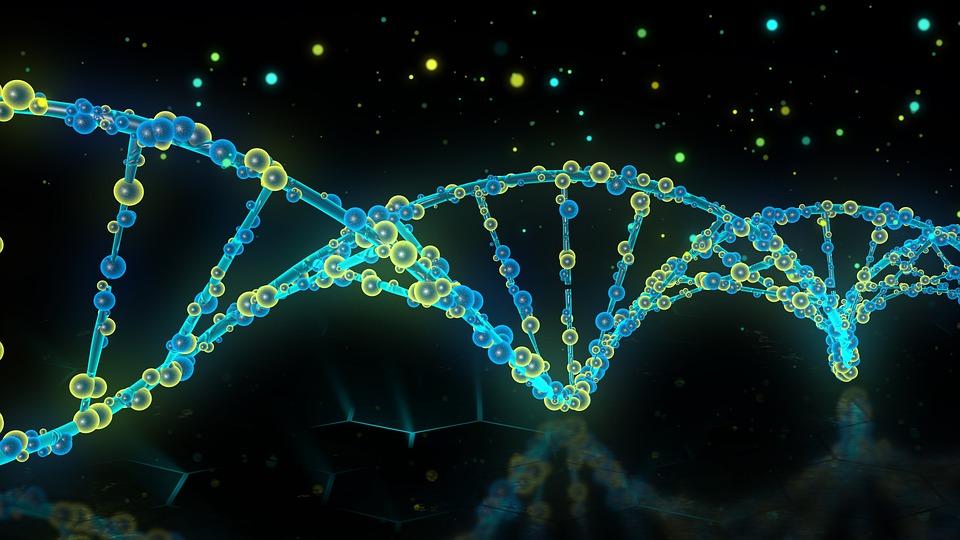
Practical Proteins (Part 2 of 4)
by Mollie Grove
In this lesson students will continue to learn about protein synthesis. At the beginning of this lesson students should know that genes have the code to make proteins. Today they will be introduced to codons and how genes code for proteins. In this lesson students will use a modified codon chart in which amino acids have been replaced with the materials used in lesson 1 to build a protein. Students will use this chart to create a string of beads that is the instructions for how to build their protein.
Lesson Grade Level
8th GradeLesson Plan Link/URL
https://docs.google.com/presentation/d/1GgsTLAJJWOFUt_gaStcJNspOM5-jmQEH/edit?u…Subject Area
Science Life Science L3: Genetics & Heredity Technology 4. Innovative Designer Engineering S4: Apply Science to Engineering S6: Apply Communications to Engineering English Language Arts (ELA) Speaking & Listening
Featured
Off
Related Content

Grades:
6th Grade, 7th Grade, 8th Grade, 9th Grade, 10th Grade, 11th Grade, 12th Grade
In this lesson, students will apply their knowledge from the prior day's lesson (Magnetic Marble Run Newton's Laws of Motion Day 1), to complete an Advanced Build of a Magnetic Marble Run. This lesson

Grades:
9th Grade, 10th Grade, 11th Grade, 12th Grade
This STEM Argumentative Research Project engages students in exploring the scientific, ethical, and societal implications of themes in Mary Shelley's "Frankenstein." Students will work in groups to

Grades:
7th Grade, 8th Grade, 9th Grade, 10th Grade, 11th Grade, 12th Grade
Students will apply principles of design, engineering, and mathematics to create a physical or digital labyrinth inspired by the myth of Theseus. This project integrates STEM concepts with literature